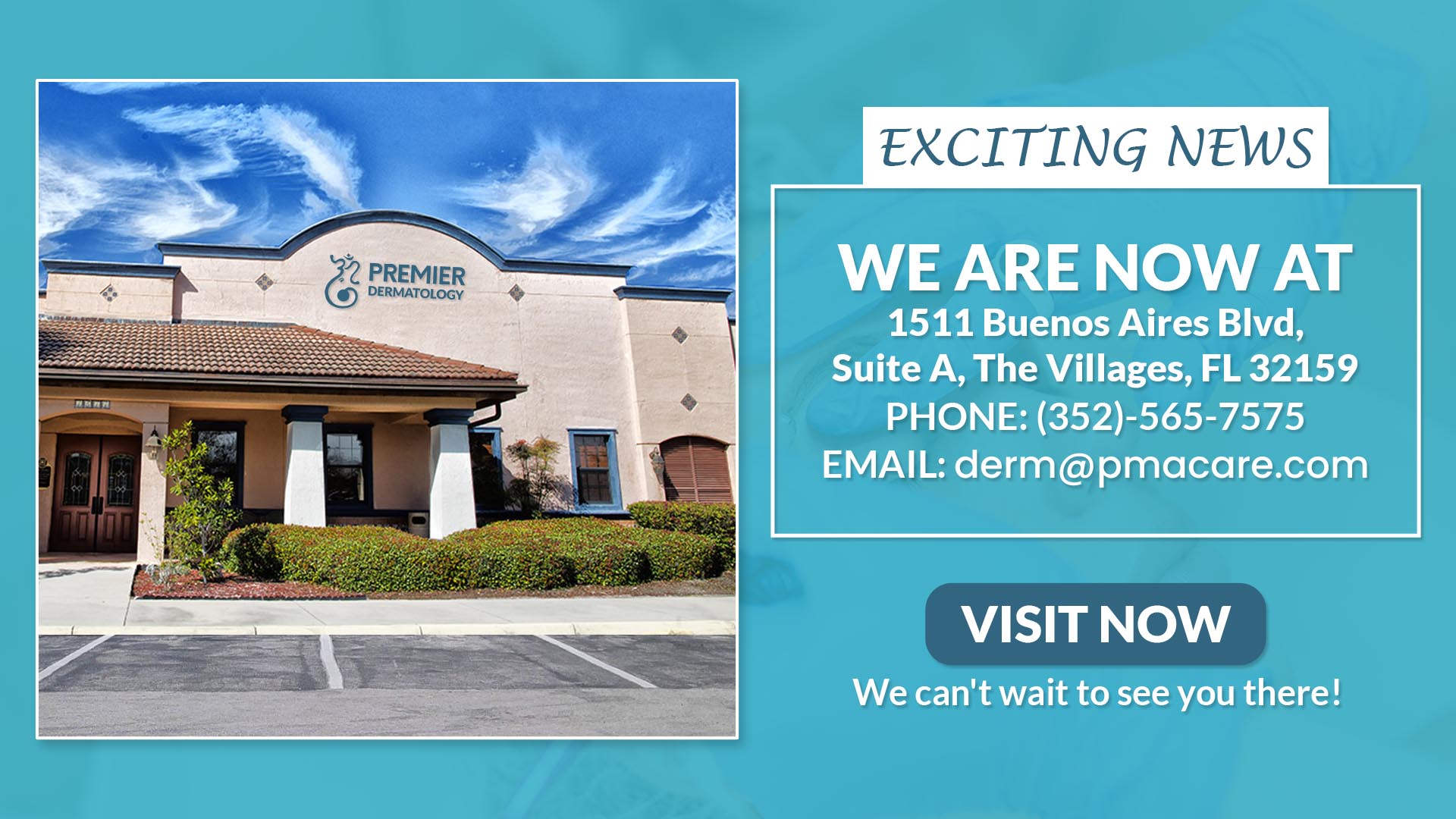Mohs surgery, also known as Mohs micrographic surgery, is considered one of the most effective techniques for treating skin cancer. Developed by Dr. Frederic E. Mohs in the 1930s, this procedure has evolved into a precise and advanced method for removing cancerous tissue while preserving as much healthy skin as possible. With cure rates as high as 99% for certain types of skin cancer, Mohs surgery is widely regarded as the gold standard for treating basal cell carcinoma (BCC), squamous cell carcinoma (SCC), and other high-risk or aggressive skin cancers.
How Mohs Surgery Works
Mohs surgery is performed in stages, with each stage involving the removal of a thin layer of skin from the affected area. The process begins with the visible tumor and a small margin of surrounding tissue being excised under local anesthesia. The excised tissue is then immediately examined under a microscope to determine whether any cancer cells remain at the margins.If cancerous cells are detected, additional layers of tissue are removed and analyzed until no cancer cells are found. This step-by-step approach ensures that all malignant tissue is removed while sparing as much healthy tissue as possible.
Advantages of Mohs Surgery
- High Cure Rates: Mohs surgery boasts cure rates of up to 99% for untreated skin cancers and 94% for recurrent cases.
- Tissue Preservation: By removing only cancerous tissue, the procedure minimizes damage to healthy skin, making it ideal for sensitive areas like the face, hands, and genitals.
- Immediate Results: The microscopic examination of tissue during surgery provides immediate feedback, reducing the need for additional procedures.
- Outpatient Procedure: Mohs surgery is typically performed in an outpatient setting under local anesthesia, allowing patients to return home the same day.
- Low Risk: The procedure has minimal risks, with complications such as infection or scarring being rare.
Who Is a Candidate for Mohs Surgery?
Mohs surgery is particularly suited for:
- Skin cancers located in cosmetically or functionally sensitive areas.
- Tumors with irregular borders or aggressive growth patterns.
- Recurrent skin cancers that have returned after previous treatments.
- Skin cancers with a high risk of spreading.
Recovery After Mohs Surgery
Recovery from Mohs surgery varies depending on the size and location of the tumor. Small wounds may heal naturally, while larger ones may require stitches or reconstructive surgery. Patients are advised to follow their dermatologist’s post-operative care instructions to minimize scarring and promote healing.
Superficial Radiation Therapy (SRT): A Non-Invasive Option for Skin Cancer
Superficial Radiation Therapy (SRT) is a non-invasive treatment option for non-melanoma skin cancers such as basal cell carcinoma (BCC) and squamous cell carcinoma (SCC). Using low-energy X-rays, SRT targets cancerous cells near the surface of the skin while sparing deeper tissues and surrounding healthy structures. This makes it an excellent alternative for patients who cannot undergo surgery or prefer a non-surgical approach.
How SRT Works
SRT delivers low-energy X-rays directly to the affected area, penetrating only a few millimeters into the skin. This precision allows the radiation to destroy rapidly dividing cancer cells while minimizing damage to healthy tissues. Each treatment session typically lasts about 15 minutes and is painless.Patients usually receive multiple sessions over several weeks, depending on the size and type of tumor. For example:
- Small BCC or SCC lesions may require fewer sessions.
- Larger or more aggressive tumors may necessitate extended treatment schedules.
Benefits of SRT
- Non-Invasive: SRT does not involve cutting or stitching, making it ideal for patients who cannot tolerate surgical procedures due to medical conditions or personal preference.
- Minimal Scarring: Unlike surgical approaches, SRT leaves little to no visible scarring, making it suitable for cosmetically sensitive areas such as the face, nose, or eyelids.
- Painless Procedure: The treatment is painless and does not require anesthesia.
- Effective for Elderly Patients: SRT is particularly beneficial for older adults or those with compromised health who may not be candidates for surgery.
Applications of SRT
SRT is used in various scenarios:
- Treating small or superficial BCC and SCC lesions.
- Managing tumors located in hard-to-treat areas like folds of the nose or eyelids.
- Serving as an adjunctive therapy after surgery to eliminate residual cancer cells.
- Delaying progression in advanced cases where complete removal is not feasible.
Potential Side Effects
While SRT is generally well-tolerated, some patients may experience mild side effects such as redness, peeling, or temporary irritation at the treatment site. Rarely, long-term effects like hypopigmentation (lightening of the skin) or atrophy may occur.
Who Should Consider SRT?
SRT is recommended for:
- Patients who cannot undergo surgical procedures due to health conditions.
- Individuals seeking a non-invasive alternative to surgery.
- Cases where surgical removal would result in significant cosmetic or functional impairment.
Comparing Mohs Surgery and Superficial Radiation Therapy
Both Mohs surgery and Superficial Radiation Therapy are effective treatments for non-melanoma skin cancers, but they cater to different patient needs:
| Feature | Mohs Surgery | Superficial Radiation Therapy (SRT) |
|---|---|---|
| Invasiveness | Surgical procedure | Non-invasive |
| Cure Rates | Up to 99% | High cure rates but slightly lower than Mohs |
| Ideal Candidates | High-risk cancers; sensitive areas | Patients unable/unwilling to have surgery |
| Scarring | Minimal but possible | Minimal |
| Treatment Duration | Single outpatient session | Multiple sessions over weeks |
| Side Effects | Rare (infection/scarring) | Mild irritation/redness |
Conclusion
Both Mohs Surgery and Superficial Radiation Therapy represent advanced options in the treatment of non-melanoma skin cancers like basal cell carcinoma and squamous cell carcinoma. While Mohs surgery remains the gold standard due to its high cure rates and precision in preserving healthy tissue, SRT offers an excellent non-invasive alternative for patients who cannot undergo surgery or prefer a less invasive approach.The choice between these treatments depends on factors such as tumor size, location, patient health status, and personal preferences. Consulting with a dermatologist or oncologist can help determine which option is best suited for achieving optimal outcomes while minimizing risks.



